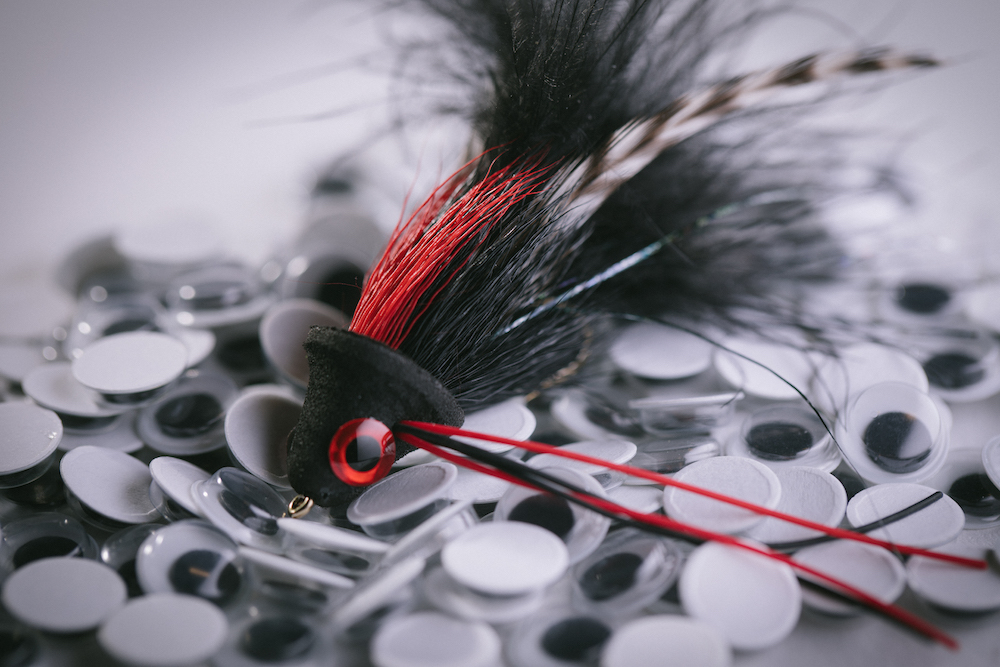Fly tying is the perfect blend of art and science; both feeling and careful technique. My buddy Pat Cohen, professional fly tyer and master of all things deer hair and insane creations that I could never even think up on my own in a million years, is one of those special craftsman of fur and feathers. I reached out to him to shed some light on selecting hooks for different types of flies. The right hooks means the right presentation, and we all know what that leads to: more hookups!

Tying Streamers
Of course there are many different types of streamers, but luckily for the fly tyer, “the variety of hooks on the market today to meet individual streamer needs is unreal,” said Cohen. “I like a medium heavy wire and a big gap; that’s the key for me, the gap.” He likes a slight upturn on the hook’s point, but looks for a straight eye. “The straight eye allows me to tie an open loop knot to the fly to maximize movement,” he said.
That straight eye also means Cohen can tie another shank in order to lengthen the fly, like for pike flies. “Shank length is important when talking about streamer hooks,” he says. “For big salt water game flies, shorter shanked stout wire hooks are the best.” Cohen says that type of hook won’t allow fish to torque the hook shank and break off as often. “I’ve seen a lot of longer shank hooks break on very strong fish. For the average trout or bass streamer a 2x long hook is perfect.”
Tying Nymphs
Cohen doesn’t often tie trout flies, so most of his work tying nymphs revolves around carp flies, buggy patterns that can fool even the most stuck up golden ghost. “I like really stout hooks for carp, 2x strong,” he says. “Shorter shanks most of the time, but again it really depends on the insect being imitated.” Even for carp nymphs Cohen looks for straight eye hooks, but upturned eyes will still work well. “I I look for a fairly deep bend in the hook going to the point.”

Tying Dry Flies
Cohen says, “dry flies? …I don’t tie dry flies.”
Tying Poppers
“For anything topwater…poppers, divers, sliders..etc…I like to have an aberdeen-style bend, known in the tackle world as a worm hook,” said Cohen. Worm hooks have a straight bend, without the upturned point like a streamer hook. “You need that extra gap on topwater flies to increase your chances at hooking up, especially if there is a weed guard,” he said.
Cohen switches between 1x and 2x hook lengths, but said, “I do like a bit heavier wire for topwater flies, especially when tying deer hair flies. The extra weight of the hook helps keel the bug and makes sure it lands upright most of the time.”
https://postflybox.com/blog/2018/10/18/invest-in-what-you-love-equity-crowdfunding-and-why-were-doing-it/



One thought on “What Hooks To Use When Tying Different Flies”